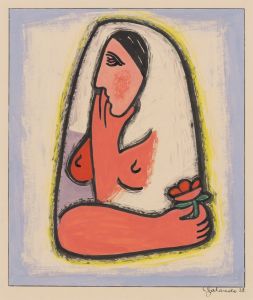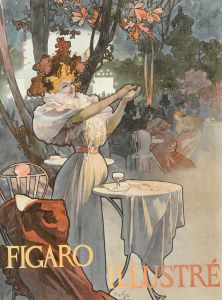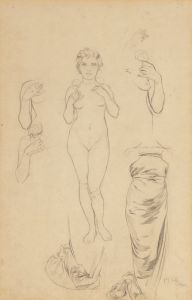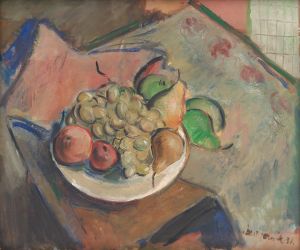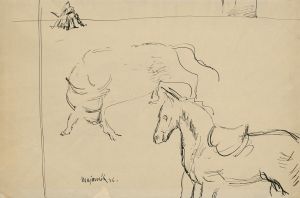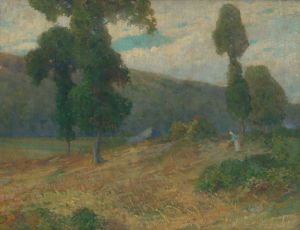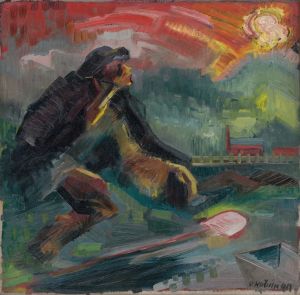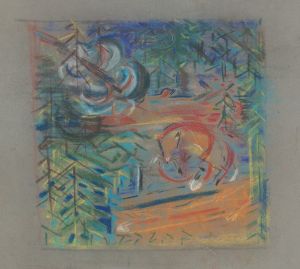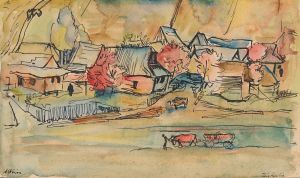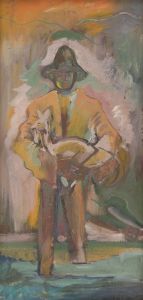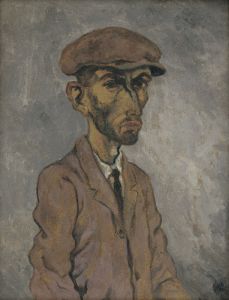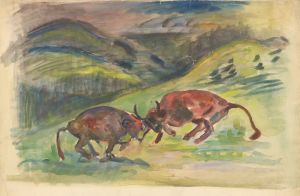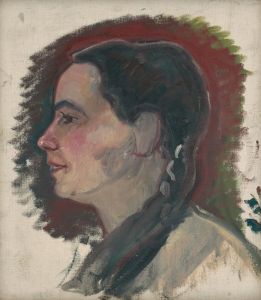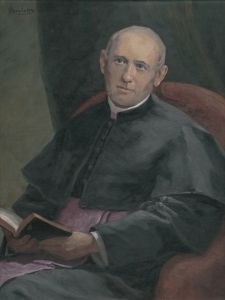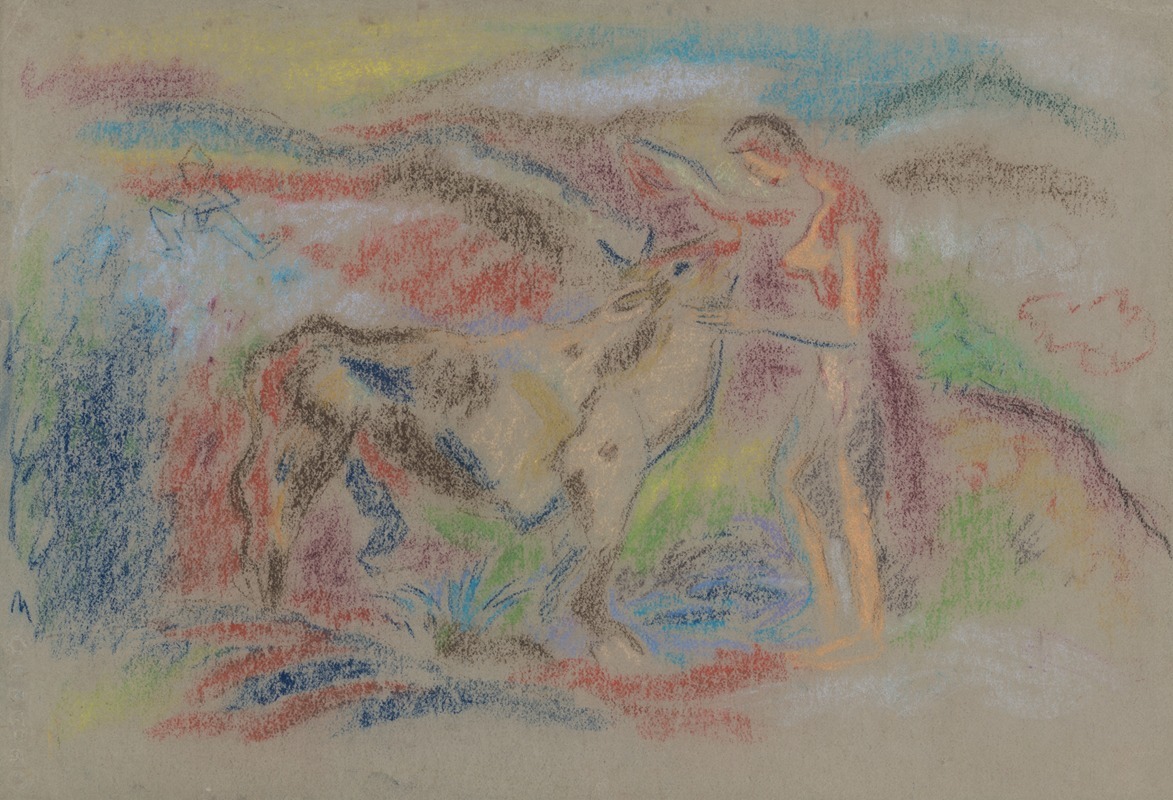
Woman with a Cow
A hand-painted replica of Arnold Peter Weisz-Kubínčan’s masterpiece Woman with a Cow, meticulously crafted by professional artists to capture the true essence of the original. Each piece is created with museum-quality canvas and rare mineral pigments, carefully painted by experienced artists with delicate brushstrokes and rich, layered colors to perfectly recreate the texture of the original artwork. Unlike machine-printed reproductions, this hand-painted version brings the painting to life, infused with the artist’s emotions and skill in every stroke. Whether for personal collection or home decoration, it instantly elevates the artistic atmosphere of any space.
Arnold Peter Weisz-Kubínčan was a Slovak painter of Jewish descent, known for his contributions to modern art in the early 20th century. His work often reflected the influences of Expressionism and Cubism, and he was part of the avant-garde movement in Central Europe. One of his notable works is "Woman with a Cow," which exemplifies his unique style and thematic focus.
"Woman with a Cow" is a painting that captures the rural life and the connection between humans and animals, a recurring theme in Weisz-Kubínčan's work. The painting is characterized by its bold use of color and dynamic composition, which are hallmarks of the Expressionist movement. Weisz-Kubínčan's technique often involved the use of vivid colors and distorted forms to convey emotional depth and intensity, and this painting is no exception.
The subject matter of "Woman with a Cow" reflects the artist's interest in the everyday lives of people and their environments. The depiction of a woman with a cow suggests themes of agriculture, sustenance, and the symbiotic relationship between humans and nature. This focus on rural and pastoral themes was common among artists of the time, who sought to capture the essence of a rapidly changing world where industrialization was beginning to overshadow traditional ways of life.
Weisz-Kubínčan's work was deeply influenced by the socio-political context of his time. Born in 1898 in Dolný Kubín, then part of the Austro-Hungarian Empire, he lived through significant historical changes, including World War I, the interwar period, and the rise of fascism in Europe. These experiences shaped his worldview and, consequently, his art. His Jewish heritage also played a crucial role in his life and work, especially during a time when anti-Semitic sentiments were on the rise.
Tragically, Weisz-Kubínčan's life and career were cut short during World War II. He was arrested by the Nazis and deported to a concentration camp, where he perished in 1945. As a result, much of his work was lost or destroyed during the war, making surviving pieces like "Woman with a Cow" particularly valuable for understanding his artistic legacy.
The painting is not only a testament to Weisz-Kubínčan's skill and vision but also serves as a historical document that provides insight into the cultural and social dynamics of early 20th-century Europe. Today, his work is appreciated for its emotional power and its ability to convey complex themes through simple yet profound imagery.
"Woman with a Cow" remains an important piece within Weisz-Kubínčan's oeuvre, reflecting both his personal style and the broader artistic movements of his time. It continues to be studied and admired by art historians and enthusiasts who seek to understand the contributions of Central European artists to the modern art movement. Despite the challenges he faced, Arnold Peter Weisz-Kubínčan's work endures, offering a poignant reminder of the resilience of the human spirit and the enduring power of art.





